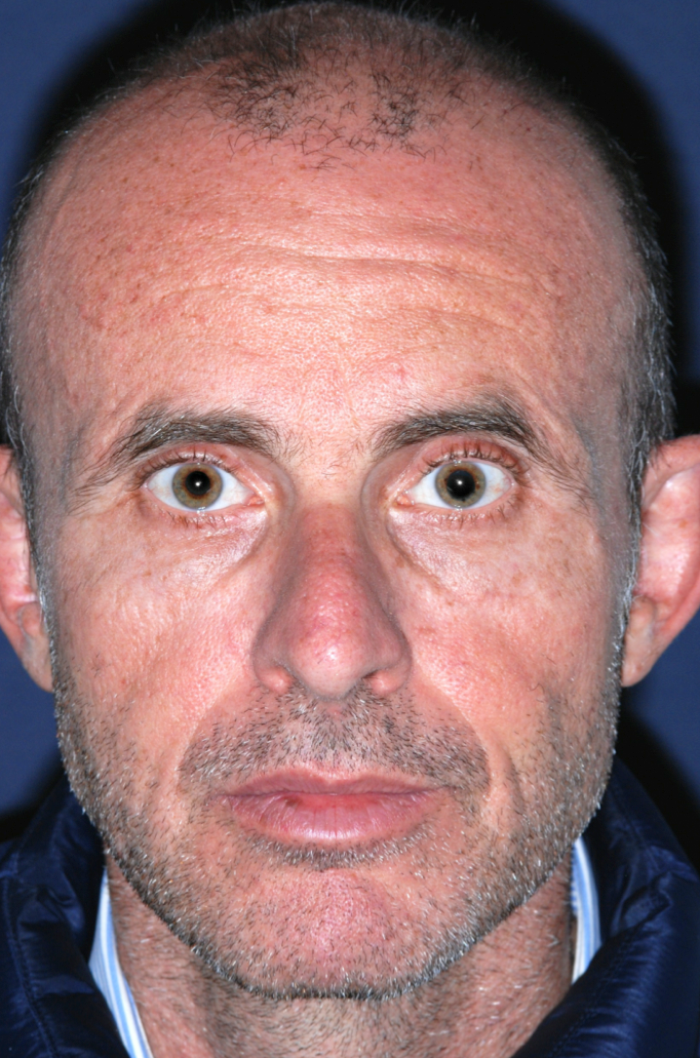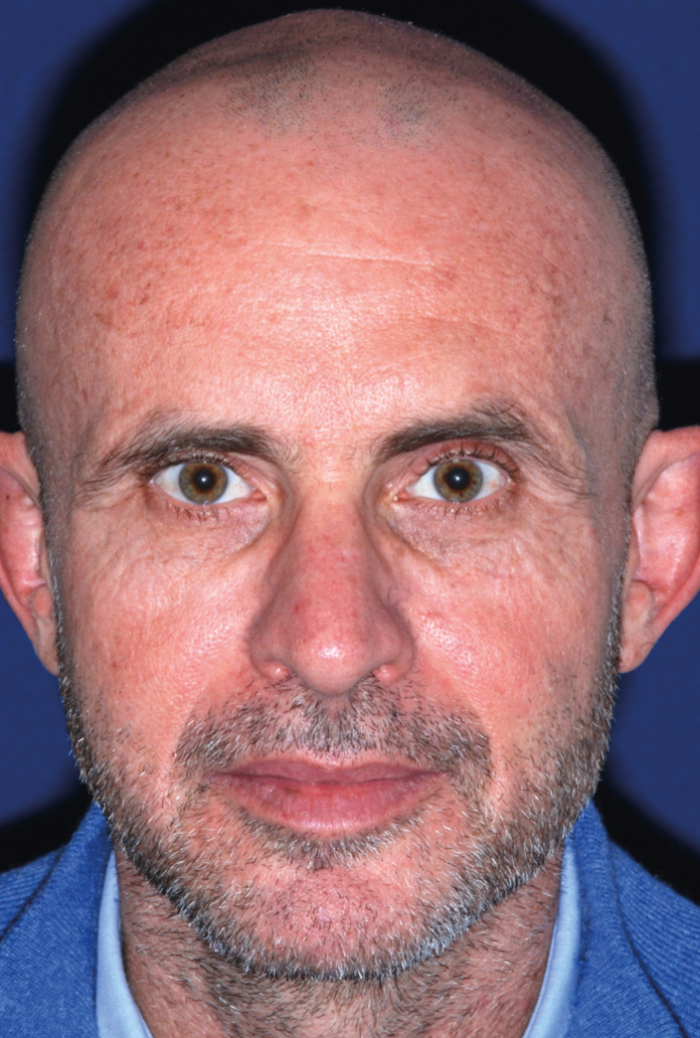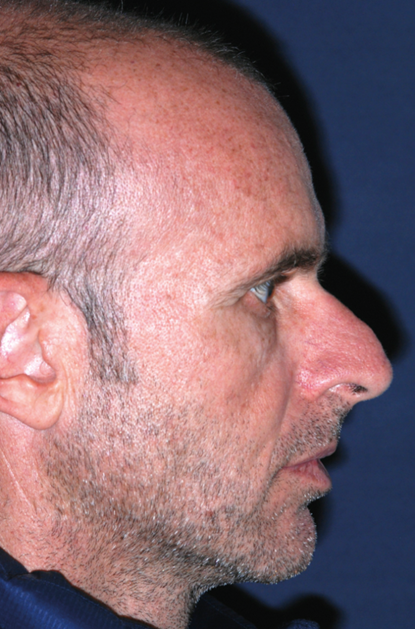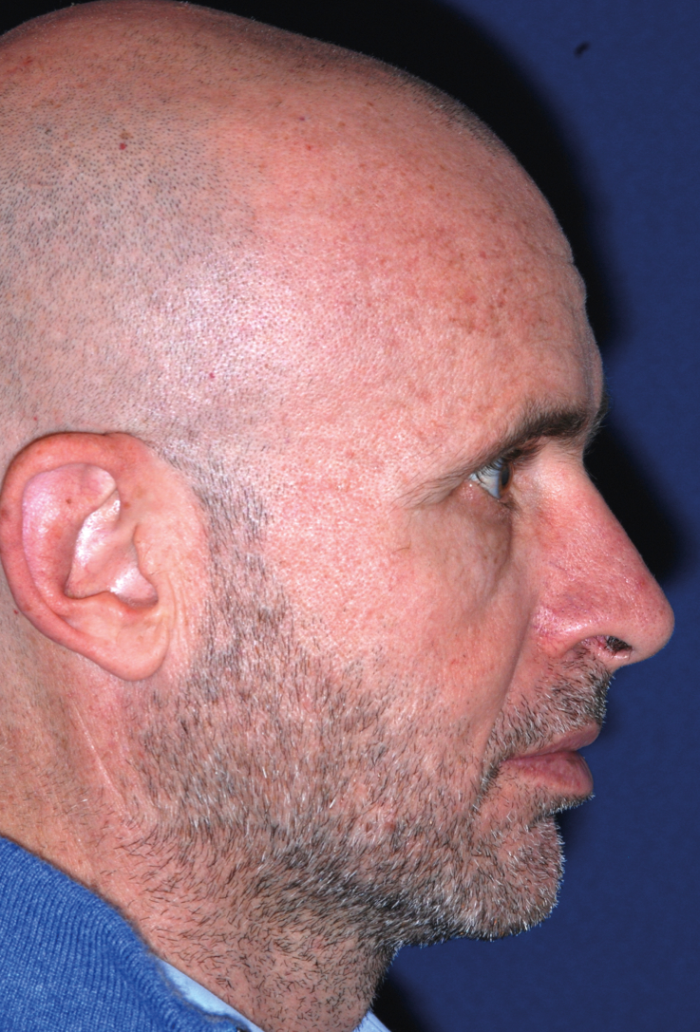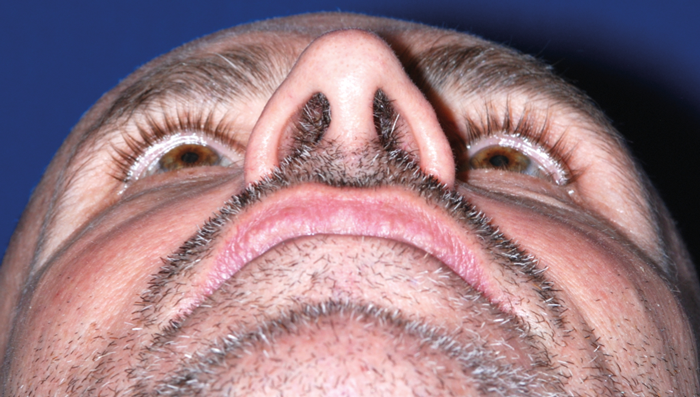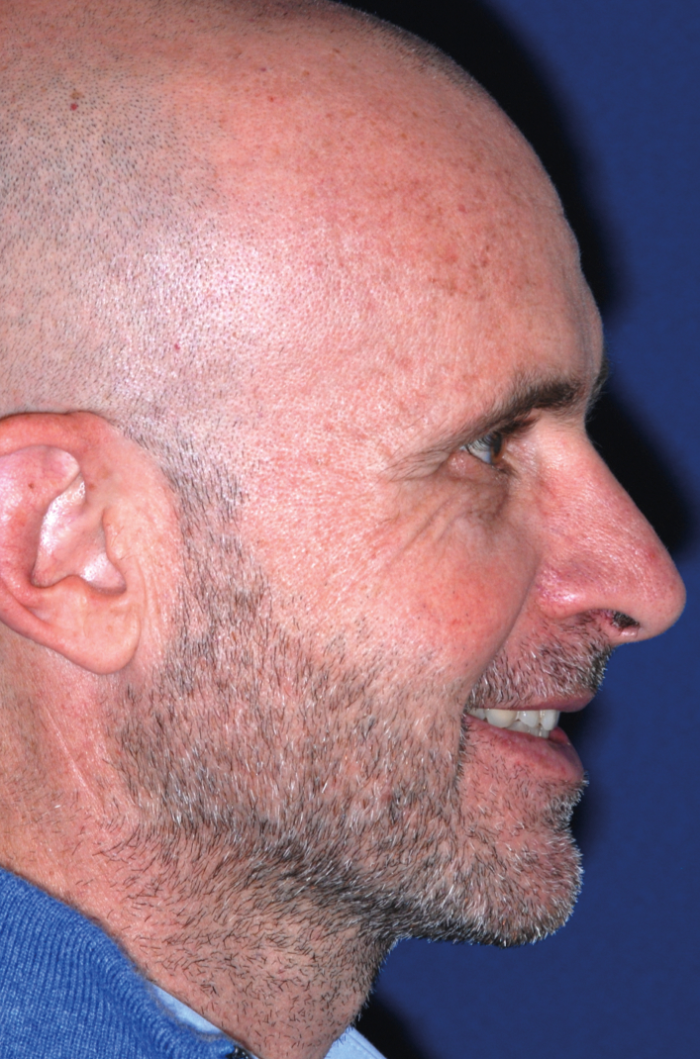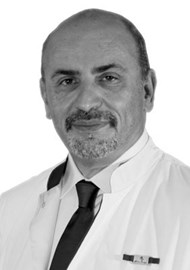Rhinoplasty surgery has evolved over the years, and Pietro Palma introduces a further new concept.
When flicking through the topics of major rhinoplasty meetings, the astute observer will realise that, at present, there are two mainstream schools of rhinoplasty, which may by termed the ‘structuralists’ and the ‘reshapers’. These relatively new descriptive words are an alternative to the more established ‘open’ versus ‘closed’ terms found in classical references.
The busy rhinoplasty surgeon has witnessed that neither a ‘closed’ reduction rhinoplasty nor an ‘external’ structural rhinoplasty provides all the answers required by the enormous variety of clinical situations.
Hybrid endonasal rhinoplasty (HER) describes a third, and more subtle approach to rhinoplasty that seeks to combine the best of both worlds with careful attention to newer concepts in facial analysis, conservative resurfacing surgery, and more sensitive handling of tissues. Flexibility to patients’ anatomy, shorter operating times, and faster recovery are hallmarks of hybrid rhinoplasty.
Changing trends of facial beauty
We have now entered an era where the ideals of beauty have become more global, and homogenised. Consider the desire for softer, rounder tips which is more and more sought after by Western patients. So, patients’ requests are pretty far from the ‘bi-tip’ popularised by Dallas rhinoplasty courses, a concept that was (still is?) the gold standard in rhinoplasty teaching. Faced with such rapidly changing trends of facial beauty, the rhinoplasty surgeon has to display a wide variety of skills in developing a surgical game plan that is tailor-made to the patient’s unique wishes. The days of repeating the same operation for every patient have now been relegated to history.
Rethinking facial analysis
Aesthetic rhinoplasty can be considered a ‘surface-contour’ operation. The interaction of light and shadow on the mid-face, defined as ‘chiaroscuro’ by Renaissance masters, creates a practical, clinically relevant, and utilitarian method of facial analysis, which elucidates surgically modifiable landmarks, mainly brow-dome lines and nose-cheek junctions. ‘Chiaroscuro’ restoration represents the ultimate goal of aesthetic rhinoplasty in the frontal and three-quarter views.
In the lateral views, the main goal of aesthetic rhinoplasty is resetting the key contour landmarks (nasion, rhinion, supratip break point, pronasale, infratip break point and subnasale) into a more aesthetic position, different for every individual patient.
Frontal view. Preoperative (left) and postoperative (right) views after endonasal hybrid rhinoplasty in a patient with problematic skin. Selective defatting coupled with longitudinal shaving of the cartilaginous dorsum recreate more aesthetical ‘chiaroscuro’ lines without interrupting the continuity between septum and upper lateral cartilages. The brow-tip line flows more smoothly and elegantly despite the thick, porous, anelastic skin.
Hybrid rhinoplasty: the next step in the evolution of rhinoplasty
Deconstruction of the nose is deemed unnecessary in most primary cases. This obviates the need for structural reconstruction and shortens the operative time.
Approaches
In general, HER utilises the following approaches, determined by the individual goals to be achieved: transcartilaginous; transcartilaginous extended; delivery; infracartilaginous, partial (‘slot’ incision) or complete; and mixed.
Tip Sutures
Long-term appraisal of tip sutures has shown that tip suturing is not a benign manoeuvre as it can lead to unforeseen problems. In general, HER utilises the following tip sutures: dome-defining suture; Wonderbra septo-columellar suture; basicolumellar suture; modified ‘tongue-in-groove’ (TIG) suture; and subdomal suture.
Grafting
The advent of external approach rhinoplasty led to an explosion in the number and variety of grafts. However, it soon became apparent that grafts can create their own set of problems. In HER, the number of grafts is kept to an absolute minimum, and they are used judiciously, rather than a panacea for all problems.
In this sense, favourite tip grafts include: domes onlay; alar batten; rim graft; facet graft; plumping graft; and septal extension graft. In recent years, the use of the TIG suture has dramatically reduced the indication for columellate struts.
For the cartilaginous vault, the use of grafts is kept to a minimum. Spreader grafts are preferred to spreader flaps. Extended spreader grafts articulated with a columellar strut – via an external approach – are a powerful technique for extensive dorsal reconstruction.
Radix grafts are rather frequently used, especially in male patients.
Side view. Preoperative (left) and postoperative (right) show the aesthetical repositioning of the critical contour
landmarks of the profile (nasion, rhinion, supratip break point, pronasale, infratip brealpoint and subnasale).
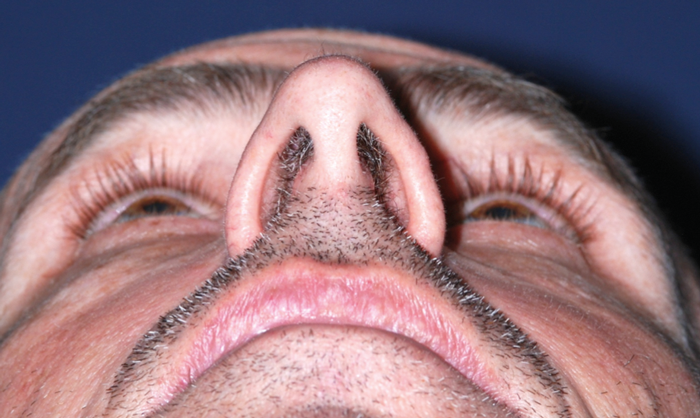
Base view. Preoperative (left) and postoperative (right) views. The preservation of the skeleton of the tip cartilage helps in keeping the structural integrity of the cartilaginous alar ring. The retropositioning of the septo-spinal complex allowed to recreate a more functional and aesthetical relationship between the infratip and the height of the nostrils.
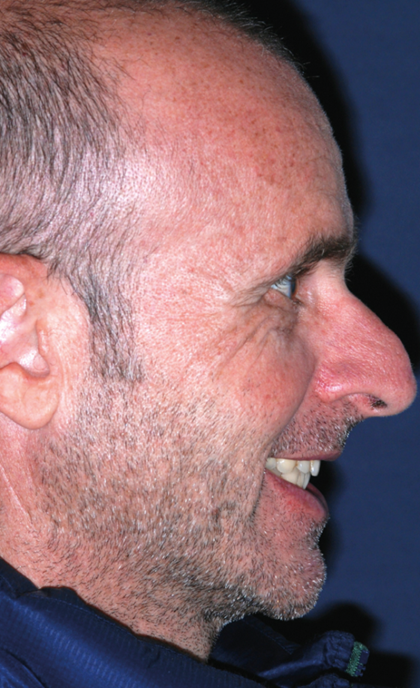
Side dynamic view. Tip overprojection has been corrected by shortening the nasal spine and shifting / sliding backwards the posterior septal angle. The depressor septi muscle has been detached from its main attachments (intracolumellar and anterior septal angle).
Septal harvesting in primary rhinoplasty
Excessive harvesting of the septal cartilage in primary rhinoplasty leads to several distinct problems. In addition to the potential negative side-effects on the stability of the dorsum and the tip, the increasing number of ‘cartilage-depleted’ noses makes revision surgery technically very difficult, and forces the surgeon to seek cartilage elsewhere. The savvy rhinoplasty surgeon must remember that even the most skilled practitioner has a certain revision rate. Such an inherent revision rate requires minimising tissue trauma at the time of the primary surgery.
Revision surgery
A nose that requires revision surgery has already suffered trauma. Therefore, the tissues are of a much poorer quality. Dissection is technically more difficult due to loss of tissue planes, healing times are increased, and postoperative oedema more prolonged. Under these circumstances, utilising the open approach can lead to further uncontrolled scarring. For revision cases, HER takes on an even greater importance as the delicate and vulnerable tissues are less disturbed. HER surgery seeks to recreate surface aesthetics rather than restructure the nose yet again. Most patients seek subtle change and a natural look, rather than radical alterations and an artificial appearance.
Time for reflection
Patients want a nose that is naturally beautiful, and one that is appropriate to their aesthetic sensibility. Modern-day aesthetic rhinoplasty should aim to restore the surfaces and contours of the nose without necessarily interfering with the underlying structures.
Further reading
1. Gunter JP. Facial analysis for the rhinoplasty patient. In: Dallas Rhinoplasty Symposium. 12th Annual. Dallas, Texas: 1995.
2. Johnson CM, Jr, Toriumi Dean M. Open Structure Rhinoplasty. Philadelphia, USA; WB Saunders Company; 1990.
3. Palma P, Khodaei I. Hybrid Rhinoplasty: the 21st Century Approach to remodeling the nose. Archives Facial Plast Surg 2010;12(6):412-4.
4. Palma P, Khodaei I. The Dichotomy of Rhinoplasty Practice: from the Conference Floor to the Operating Room. Facial Plast Surg 2014;30:103-12.
5. Palma P, Khodaei I, Vasilenko I. Aesthetic rhinoplasty as a surface-contour operation. From analysis to surgery. Personal concepts. Facial Plast Surg 2016;32:587-98.
6. Çakır B, Öreroğlu AR, Daniel RK. Surface Aesthetics and Analysis. Clin Plast Surg 2016;43(1):1-15
7. Gao Y, Niddam J, Noel W, et al. Comparison of aesthetic facial criteria between Caucasian and East Asian female populations: An esthetic surgeon’s perspective. Asian J Surg 2016.
8. Niechaejev I. Noses of the Middle East: Variety of Phenotypes and Surgical Approaches. J Craniofac Surg 2016;27(7):1700-6.
Declaration of competing interests: None declared.

